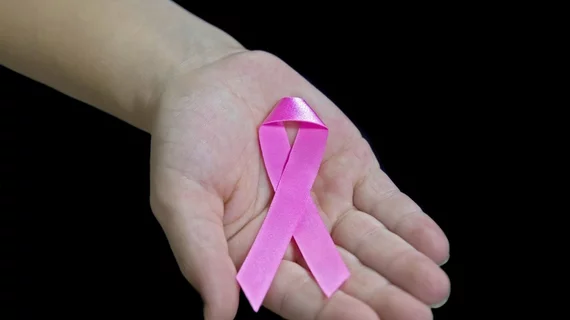Breast density measurements by radiologists on synthesized digital breast tomosynthesis (DBT), or synthesized mammography (SM), exams are equivalent to breast density measurements found with a full-field digital mammogram (FFDM), or standard 2D mammography, according to a study published June 12 in the Journal of the American College of Radiology.
The findings support an ongoing effort to replace FFDM with SM, which would reduce radiation dose and image acquisition time for breast cancer screenings, wrote lead author Irfanullah Haider, MD, a radiologist at Brigham and Women's Hospital in Boston, and colleagues.
Most states in the U.S. have passed breast density notifications laws, mandating that women with dense breast tissue are notified and given screening options. Although DBT is most effective for dense breast imaging, without using synthesized 2D images, it emits twice the amount of radiation than standard digital mammography, according to the researchers.
Some200 patients who underwent SM and FFDM screenings from June 1, 2016, to Nov. 20, 2016, were evaluated to determine differences in breast density classification. Seven radiologists were independently assigned to assess the women's breast density by reading the standard images alone and synthesized images alone in a different session.
Ultimately, Haider and colleagues found that 87.5 percent of patients had the same BI-RADS density on synthesized 2D mammography compared to standard mammography.
The remaining 12.5 percent of cases across the consensus demonstrated a slightly high density on SM than on FFDM, although it was determined to not be statistically significant, the researchers wrote.
However, in terms of clinical significance, eight patients had "clinically significant transition", which the researchers defined as moving from non-dense to dese or vice versa.
"This study provides evidence of the similarity of breast density assignment across seven readers on synthesized versus standard 2D digital mammograms," the researchers wrote. "As technological advances have paved the way from analog screen films to digital mammography and now tomosynthesis, SM provides a unique value proposition to evolve mammographic screening further."

